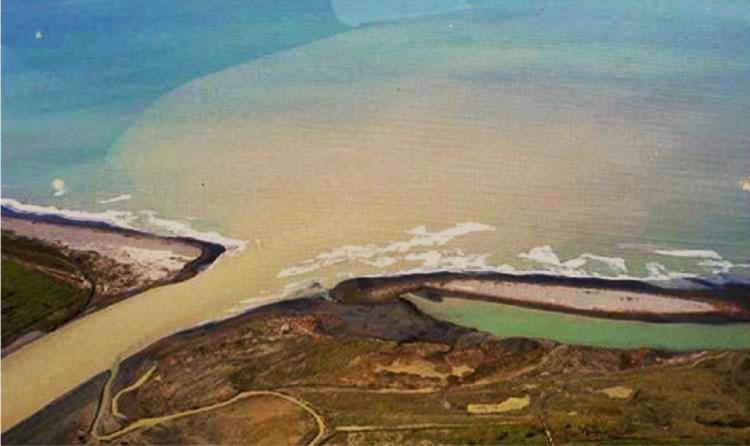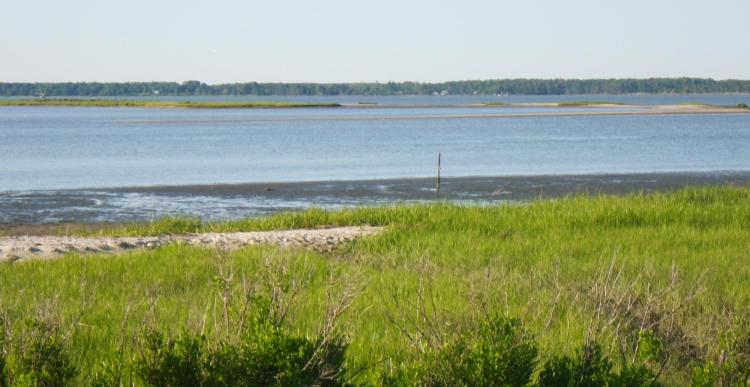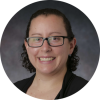Coastal Oceanography Modeling Group
Photo above: Lloyd Pikok, UIC Science, Battelle
- Tina Geller, PhD 2025
- Laura Sunberg, postdoctoral scholar
- Liam Duncan, Undergraduate Intern, UROP Program
- Max Gonzales, Undergraduate Intern, ATOC REU Program
- David Imola, Undergraduate Intern, UROP Program
- Kassie Karnow, Undergraduate Intern, ATOC REU Program
- Monica Kramer, Undergraduate Intern, ATOC REU Program
- Kaosidi (Ossy) Obioha, Undergraduate Intern, CU Uplift Program
- Ivonne Martinez, Undergraduate Intern, ATOC REU Program
Our group's research focuses on the transport and fate of sediment, particulate organic matter, nutrients, and other material in coastal ocean environments.

Waipaoa River plume entering the Pacific Ocean. Photo courtesy of Dave Peacock.
We do this by developing and using numerical models for a variety of environments, including continental shelves and estuaries. We are especially interested in research questions that involve interactions between sediment transport, biogeochemical processes, and hydrodynamics.
Our research can provide insight into societal issues such as water quality, managing carbon budgets, coastal flooding, and habitat for coastal and marine species. This is because all of these issues are impacted by when, where, and how much sediment, organic matter, and nutrients move through the coastal ocean.
The movement and fate of material can be difficult to predict because there are many processes involved. Use of numerical models, such as the Regional Ocean Modeling System (ROMS), allows us to analyze the relative importance of different processes, and how these processes vary in time and space. Models also help us to better understand past environmental changes so that we can better predict future change.
Ongoing and past projects have included understanding, quantifying and predicting water quality following floods; coastal Arctic sediment transport and nutrient cycling; the oxygen exposure time of particles; and microplastic transport.
How to Join
We are recruiting!
Prospective post-docs, graduate students, and undergraduate students interested in joining the Coastal Oceanography research group should e-mail Julia Moriarty (Julia.Moriarty@colorado.edu) with a brief statement about why you are interested, a resume or CV, and (prospective graduate students only) a copy of your unofficial transcript(s). I'm happy to chat about ongoing projects, the potential for funded positions, or crafting proposals for fellowships such as the NSF Ocean Sciences Postdoctoral Research Fellowships, NSF Graduate Research Fellowship, or CU's UROP program, pending student motivation and interest.
Lab members may come from a variety of backgrounds including geoscience (including oceanic and atmospheric science), other science fields (physics, math, chemistry, etc.), engineering (environmental, civil, etc.), or less-traditional fields.

York River estuary, a tributary to the Chesapeake Bay.
Publications
Publications for Moriarity are shown below.




